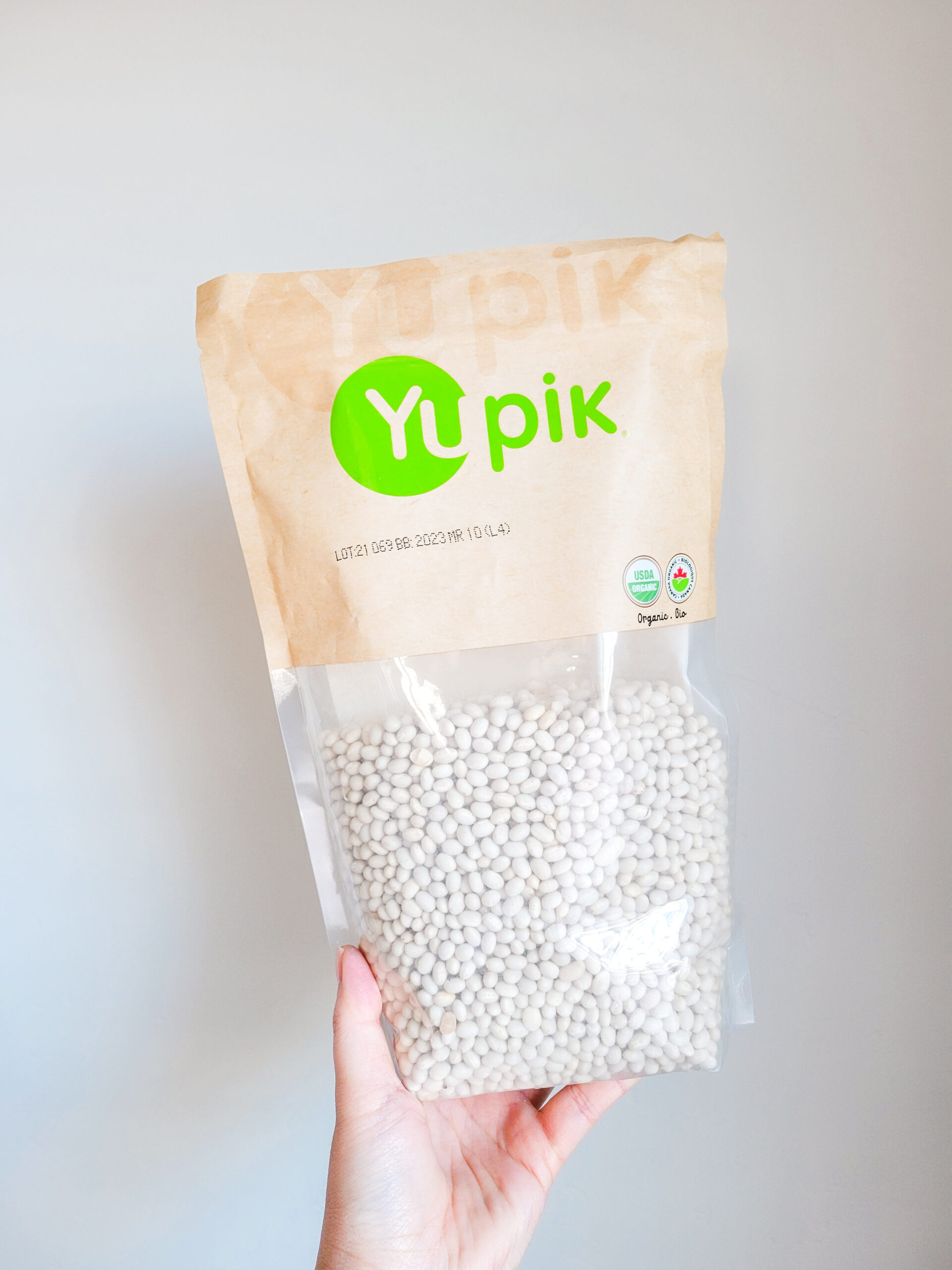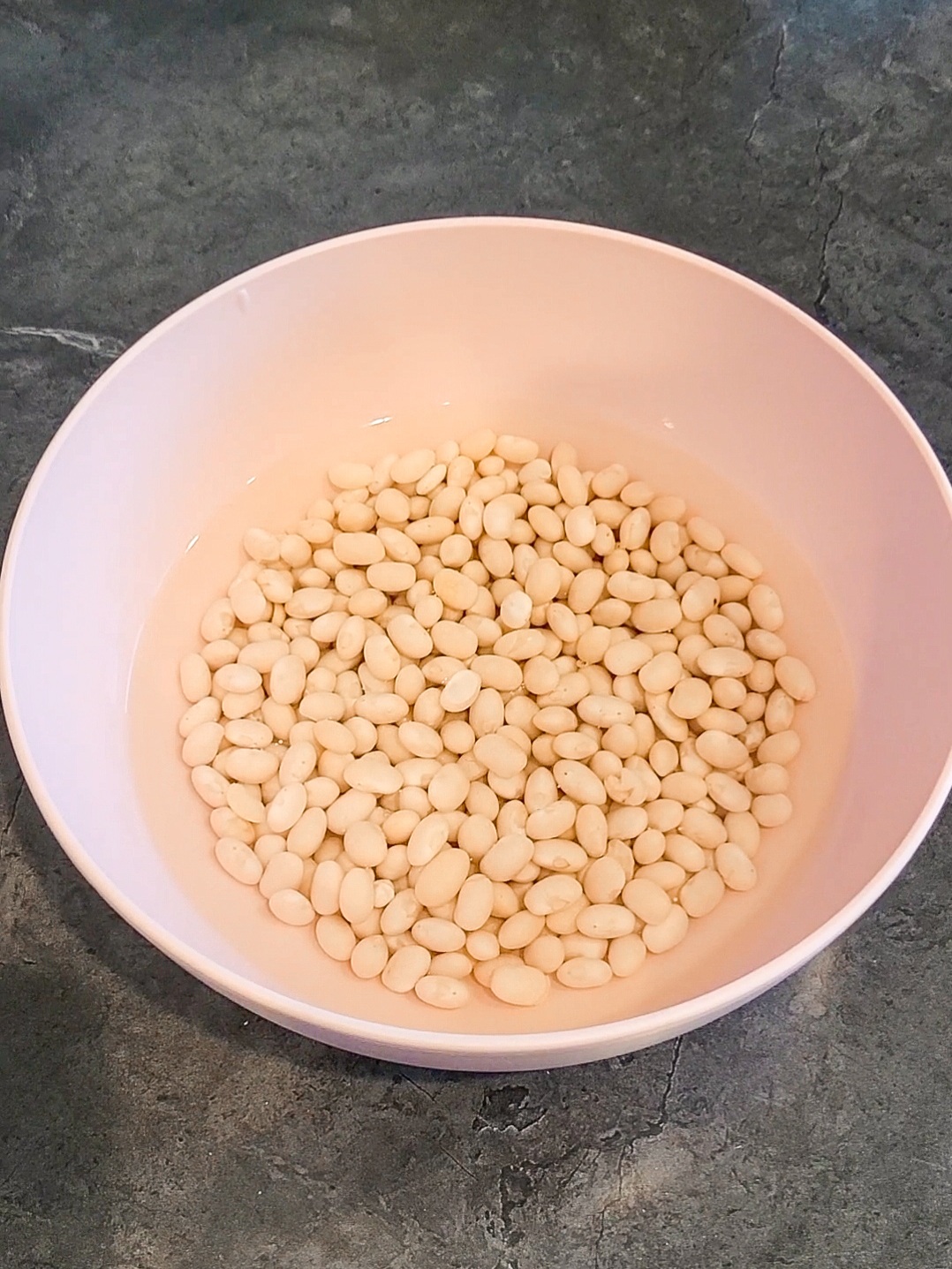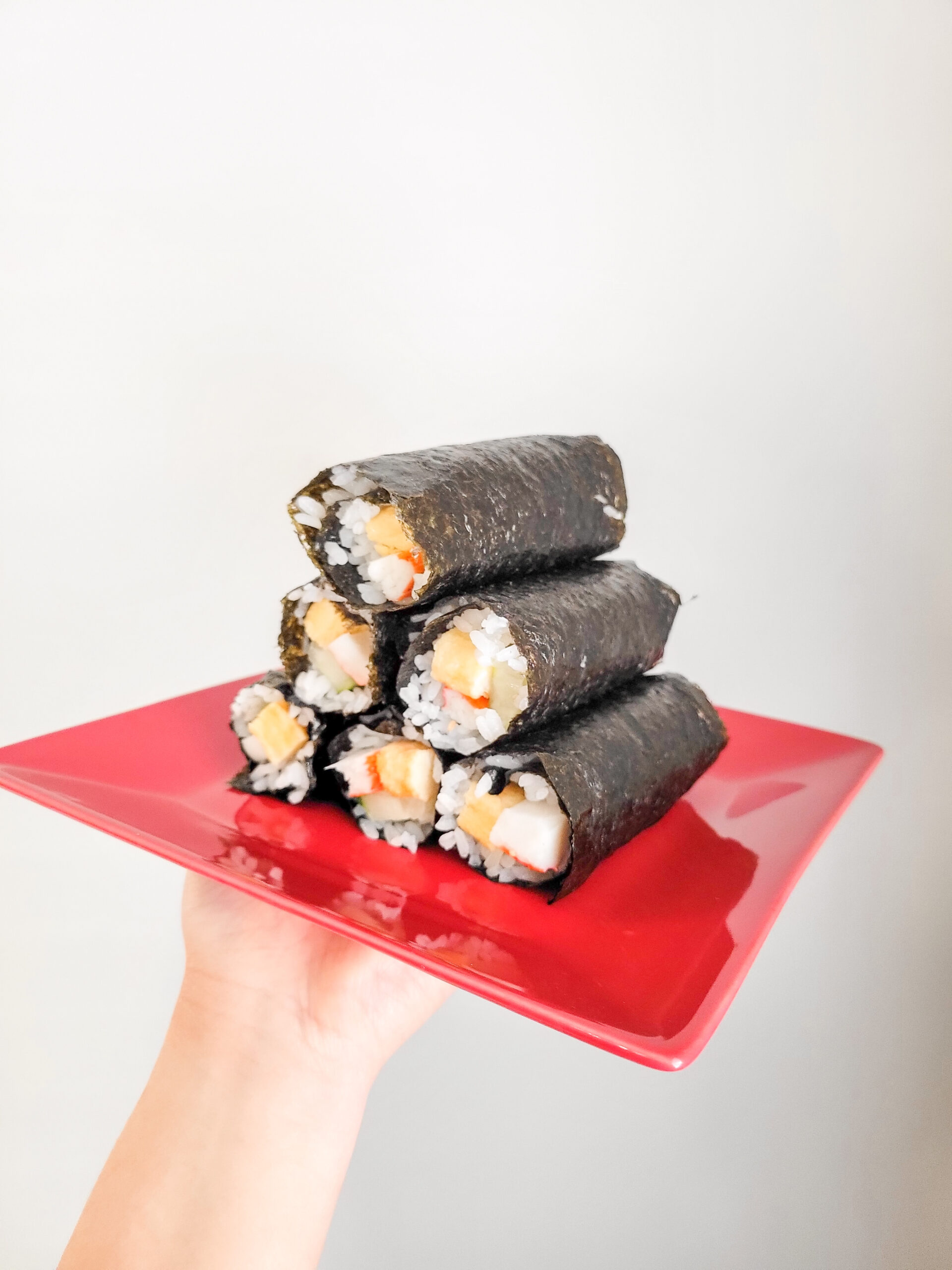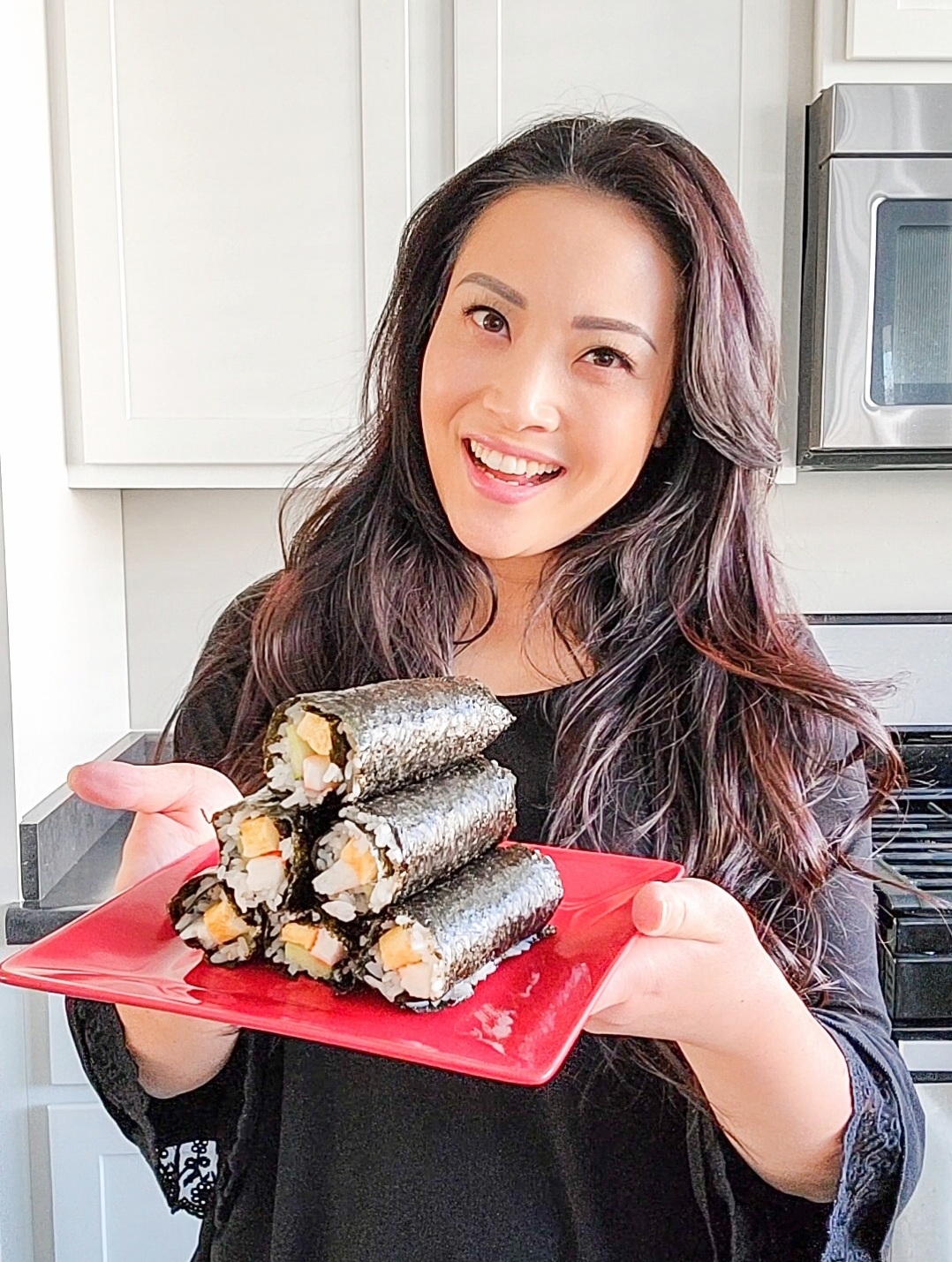In my previous blog post, I talked about what Setsubun is and the three easy ways to celebrate it with your family (even if you don’t live in Japan.) Today I would like to talk about two big Setsubun traditions you don’t want to miss while celebrating Setsubun with your family!
Eating Roasted Soy Beans or Peanuts for Good Luck
In my previous post, I talked about “Mame-maki” and how people throw soy beans or peanuts at Oni (aka evil spirits) to make sure negative energies don’t enter their home.

In Japan, each family member normally eats the number of roasted soy beans or peanuts equivalent to their age for good luck after Mame-maki. So if you’re 20, you should eat 20 roasted soy beans or peanuts to bring in good luck for the year. I recommend having some beans separated into a bowl to eat them before your children use them all up for Mame-maki!

I didn’t know how to make roasted soy beans, but I did boil water and cooked the beans so that my family and I could still eat some for good luck this year. If you don’t have anyone with peanuts allergies in your family, I would say buying a bag of peanuts for Mame-maki would be great so that you could just eat them afterwards without having to cook them first!
Eating Eho-Maki while facing the lucky direction of the year
Eho-maki (恵方巻) can be translated into “lucky direction (suhi) rolls” and is eaten specifically on Setsubun to bring in good luck for the year.

Usually Eho-maki has 7 different ingredients inside to represent the Japanese seven gods of happiness called “Shichifukujin (七福神).” Also 7 is considered a lucky number in many countries in the world. So for Setsubun in Japan, eating Eho-maki is believed to bring good luck to families. Examples of ingredients you may use for Eho-maki are
- Cucumbers
- Eggs (tamagoyaki)
- Imitation crab sticks
- Salmon
- Tuna
- Eel (kabayaki)
- Kanpyo
- Shiitake mushrooms
I’m not gonna lie, I didn’t have 7 different ingredients for Eho-maki this year, so I only used cucumbers, tamagoyaki, imitation crab sticks and some sesame seeds this time. If you can’t find 7 different ingredients in your area for Eho-maki, it’s okay. It’s the thought that counts!
But when it comes to eating Eho-maki for Setsubun, there are more important things than ingredients. Here are the three rules you do not want to break while eating your Eho-maki!
1. Do not cut Eho-maki
Usually when you go to a Japanese restaurant and order some sushi rolls, I’m sure they are cut into bite size pieces. But for Setsubun, it is believed that cutting Eho-maki into small pieces means cutting off good luck for the year, so people always eat Eho-maki as a whole roll. It is kind of a big deal!
2. Eat your Eho-maki in complete silence
It may sound a bit silly, but this is a part of the celebration too! When you eat Eho-maki for Setsubun, you’re supposed to eat your roll in complete silence. It is said that good luck and blessings will come from eating Eho-maki, and if you talk while eating it, the blessings will escape.
3. Face the lucky direction of the year while eating Eho-maki
The lucky direction of the year is decided based on the Chinese astrological calendar every year. On Setsubun, people eat Eho-maki (lucky direction rolls) facing the lucky direction of the year for good luck!
So if you put all these three things together… each member from your family will have a long Eho-maki roll each in their hands, facing the certain direction and eating the roll in complete silence together. Interesting, isn’t it? This custom of eating Eho-maki for Setsubun has been around since 1960, and it’s a big part of Japanese Setsubun celebration!

I hope you enjoyed learning about Japanese Setsubun traditions through this blog post! Please feel free to ask any questions through comments and emails if you have any. I’ll make sure and respond back to you!
Happy Setsubun!
